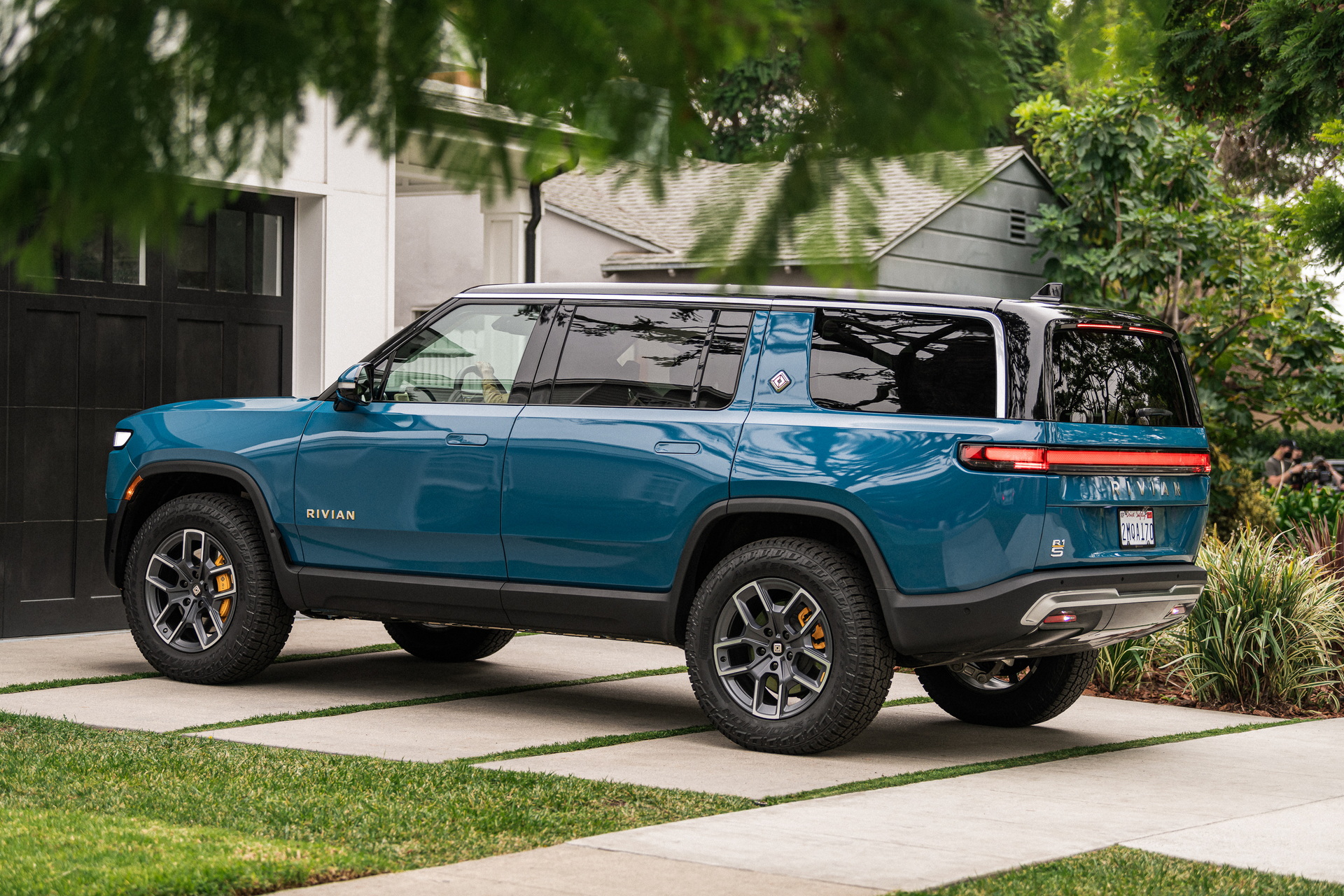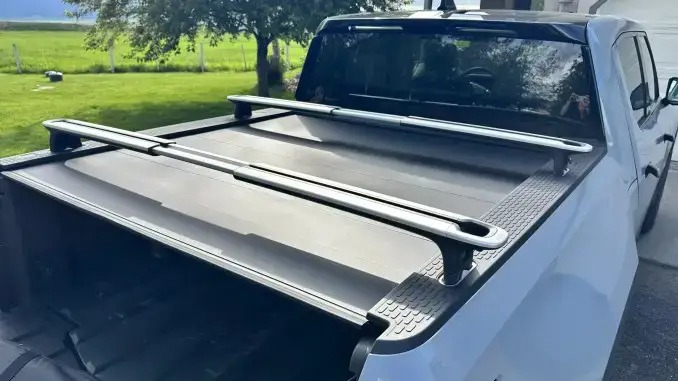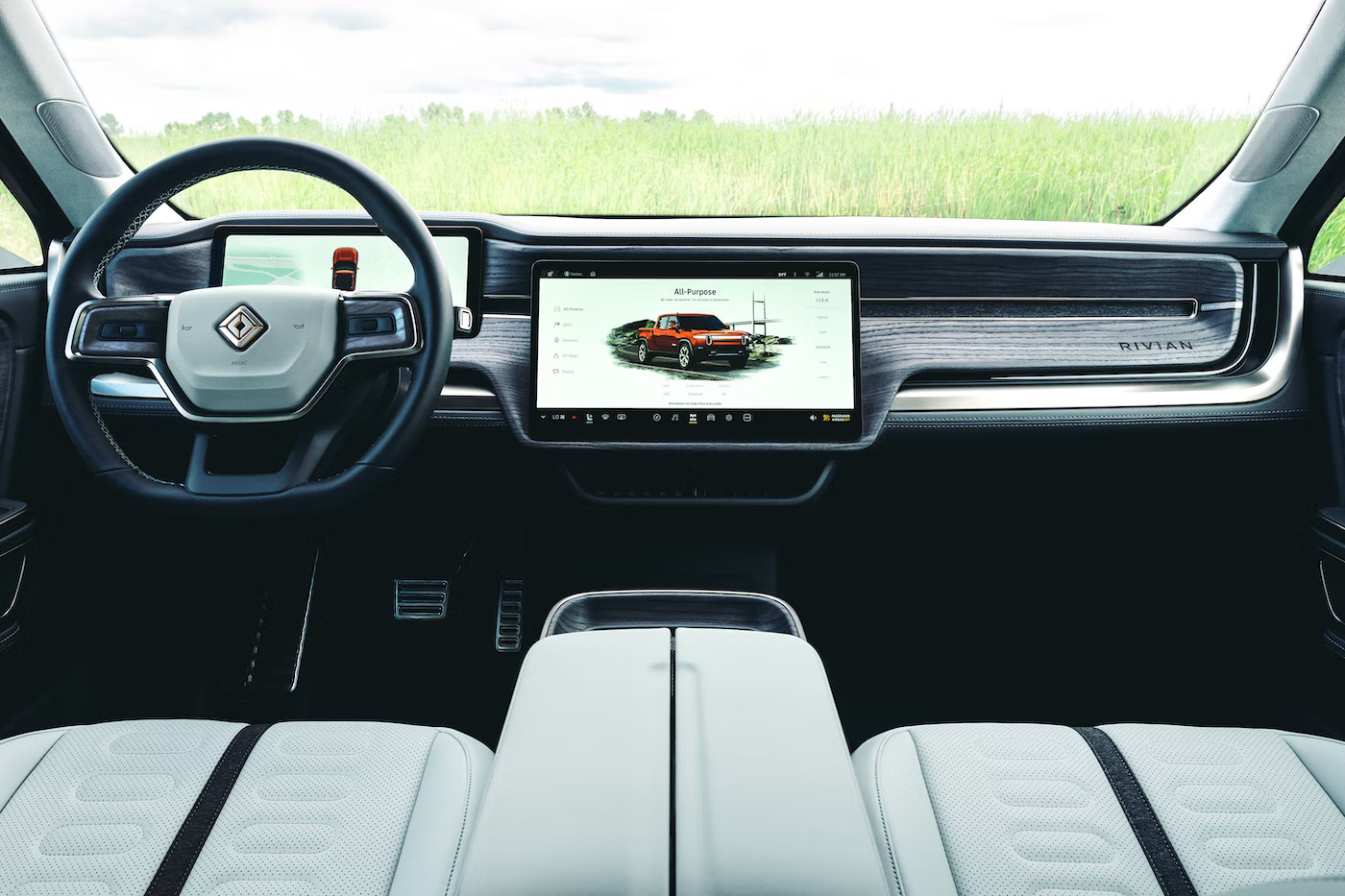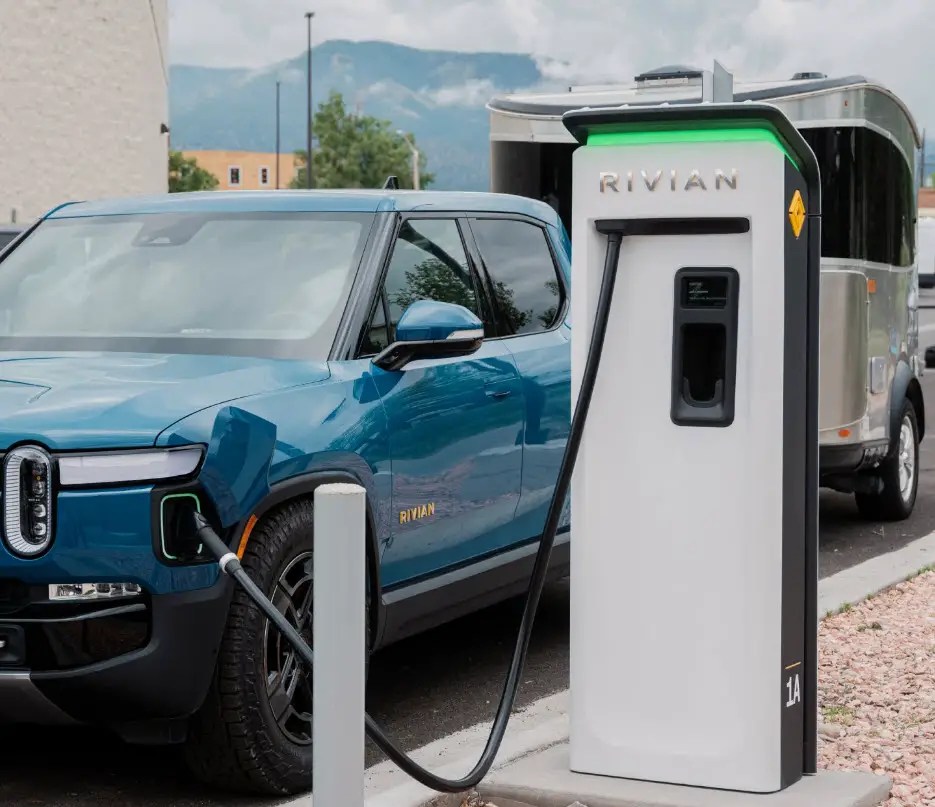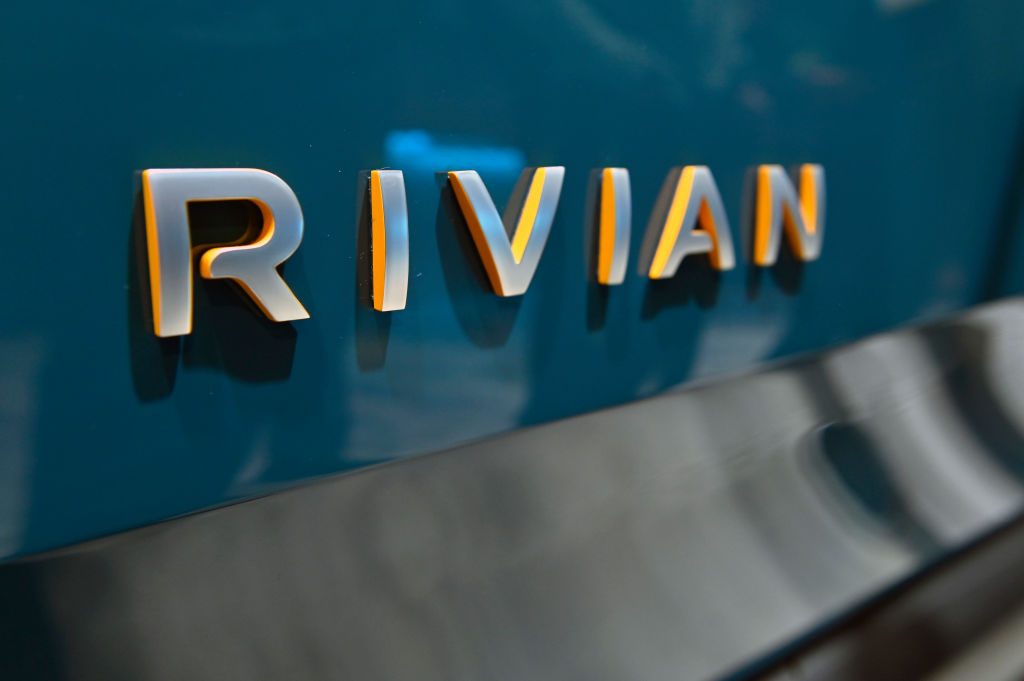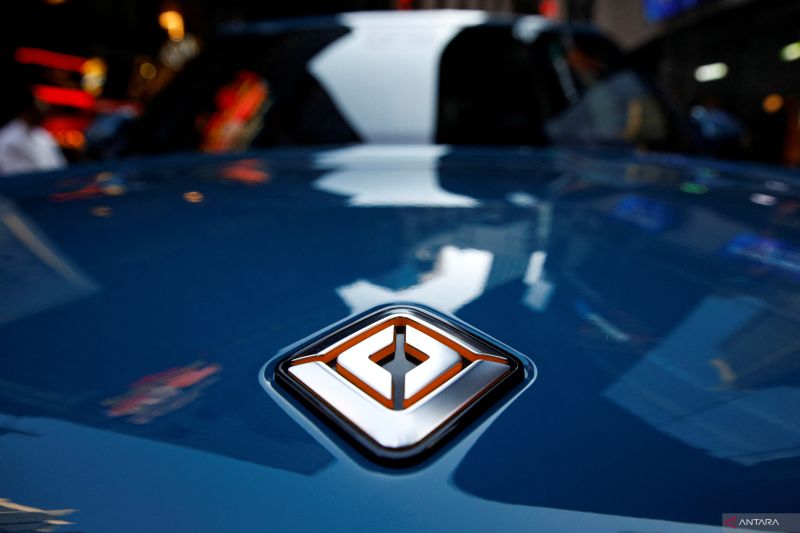Rivian, the electric vehicle (EV) startup, is gearing up for an acceleration in the production of its highly anticipated electric SUV, the Rivian R1S. Despite the challenging economic environment, the company is experiencing robust demand and expects it to continue into the coming year, according to Rivian’s CFO, Claire McDonough, during an interview with Deutsche Bank.
McDonough highlighted Rivian’s production ramp and outlined the startup’s plans to achieve positive gross margins by the second half of 2024. While the industry has been grappling with supply chain issues, Rivian has found some relief. One major obstacle for the company has been the limited availability of power semiconductors. However, Rivian has developed in-house technology, such as its Enduro drive units, to overcome this challenge.
The CFO revealed that the Enduro production ramp is ahead of schedule. As previously announced in their Q1 earnings report, Rivian has already incorporated the drive units and LFP battery packs into its electric delivery vans (EDVs) for Amazon, ensuring timely deliveries in the quarter.
Just a few weeks ago, Rivian completed the construction of its first saleable R1 series model, equipped with the Enduro drive unit. Although Rivian initially anticipated a slower production pace in the first quarter, with 9,395 units manufactured, it expects production to pick up in the second half of the year, aiming to reach its target of 50,000 units.
McDonough revealed that Rivian continues to have a robust backlog of preorders that extends into 2024. Despite some impact from broader economic implications on daily order rates, the company has maintained stable demand.
With the recent ability to order a Rivian R1T model and receive delivery in under two weeks (including same-day deliveries on R1T day, June 17), there has been a discussion about the company’s flexibility to prioritize R1S production for quicker delivery to customers.
McDonough explained that the R1T was Rivian’s first model, allowing them more time to focus on the production ramp. However, in Q2, the R1S will take the bulk of the volume for the first time, as Rivian is witnessing higher demand for this model, with approximately 70% of the preorders being for the R1S. Consequently, the company is now prioritizing R1S production to address this demand imbalance.
Importantly, McDonough stated that there are no specific bottlenecks hindering this transition, and the majority of the models currently being built are R1S.
While Rivian is currently working through pre-March 1, 2022, preorders, it plans to address later orders over the course of the year leading into 2024. McDonough emphasized that the rollout of the new Enduro units will help the company work through the existing backlog.
Looking ahead, Rivian expects a few weeks of downtime next year as it introduces new technologies aimed at improving efficiency and reducing costs. These innovations include its next-gen network architecture, LFP battery technology, high nickel batteries, and a simplified manufacturing process.
During the interview, Rivian’s CFO also touched on the upcoming R2 series, scheduled to be unveiled early next year. The R2 models will offer Rivian’s signature adventure theme at an affordable price range, estimated to be between $40,000 and $60,000.
When asked about Rivian’s stance on adopting Tesla’s NACS (networked and connected services), following in the footsteps of Ford and GM, McDonough expressed the company’s excitement about expanding access to high-quality charging infrastructure while remaining open to potential partnerships.

